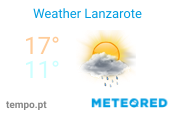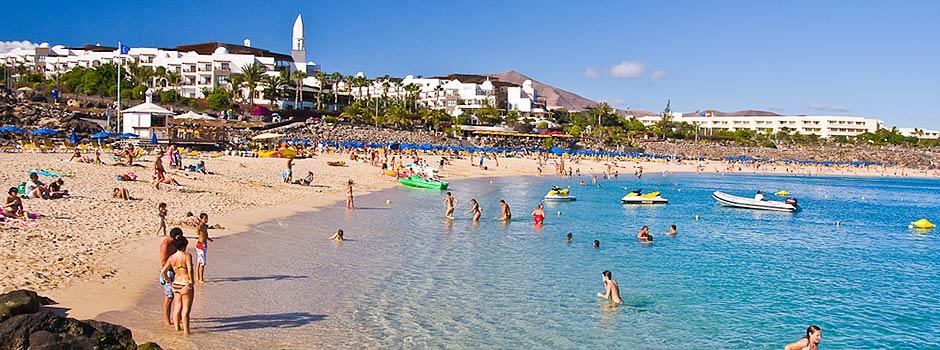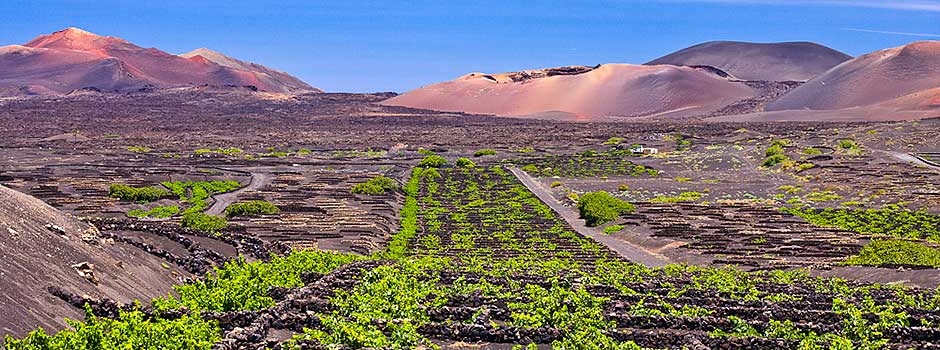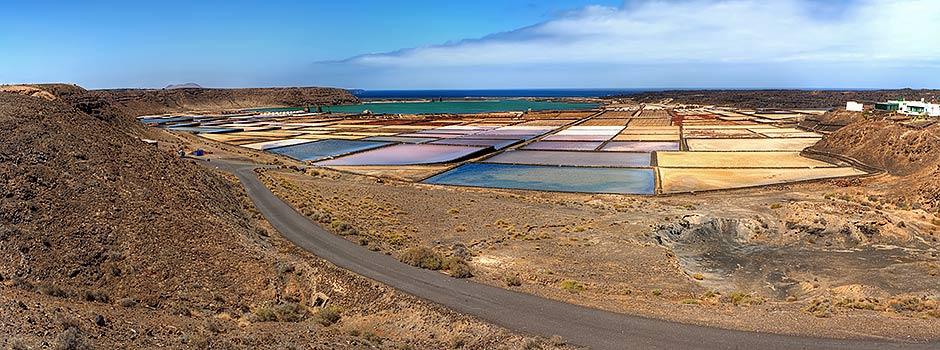Tourism is the Canary Islands’ main industry, with millions of people coming from all over the world to sample the delights of Lanzarote every year. Thanks to the beautiful natural beaches, awesome volcanic landscapes and plenty of sunshine, the island has much to offer holidaymakers.
The majority of working residents are in some way involved in tourism, which goes from strength to strength. From taxi drivers to construction workers, waiters to hotel staff, there are so many jobs in this industry.
Way before tourism, Lanzarote’s economy consisted mainly of monocultures such as the sugar and viticulture industries. Grape production ceased during the early 1900s because of strong competition from other countries and crops being destroyed by disease. Since then though, winemaking has flourished again, with first-class vineyards all over the Canaries.
Another major contribution to island economy in the past was cochineal production. Large fields of prickly pear cactus plants covered the land and the production of its purple dye, which is extracted from a parasite insect living on these cactus plants, boomed. But it was only a matter of time before there was no more demand for it and the industry dramatically decreased. However, the fortunes of cochineal production have reversed yet again and these days it is used in cosmetics, pharmaceuticals and for the colouring of drinks and food.
Sea salt production was also a major industry on Lanzarote until the middle of the 20th century, with around 10,000 tons being produced annually. The main part of the salt production was used in the island’s fish industry for conservation and processing. With the invention of the refrigerator, the production decreased considerably and reaches only around 2,000 tons per annum today. A small part of the production is still sold as high quality table salt and each year, during the Corpus Christi festival in June, tons of dyed salt are traditionally used in the creation of magnificent decorations in the streets and squares of Arrecife, the capital.
As for other crops, some farmers cultivate onions, tomatoes and potatoes in abundance as well as all kinds of vegetables, melons, pumpkins and tobacco.
Today, the basis of all crop farming on Lanzarote is a method of dry farming called enarenado, introduced by the Lanzaroteños after the volcanic eruptions in the early 18th century, which had devastated most of the island’s precious farmland. Using this method, plants are grown in black granules of volcanic ash called picón, which absorbs humidity and prevents evaporation. Additionally, low semicircular walls shelter the plants from being dried out by the constant winds. This way, the Lanzaroteños found an ingenious and very successful way to farm with excellent production results.
As Lanzarote has no meadows, you will not find any cattle or sheep here, but surprisingly there are goats on the island, which were formerly farmed mainly for their milk, but nowadays this is largely used for cheese production.
With abundant fishing grounds between the east of the island and the African coast, fishing has always been a traditional mainstay of Lanzarote’s economy, making Arrecife the second largest fishing port in the Canary Islands, where large quantities of sardines, sea bass and parrotfish are processed.
If you are self-catering – or you are looking for an island speciality to take home – you should absolutely try Lanzarote’s goat’s cheese. There are different varieties and they are all excellent!


























